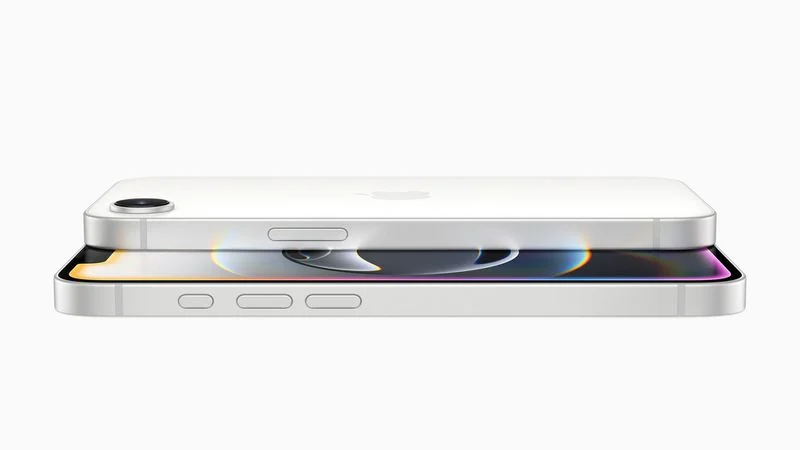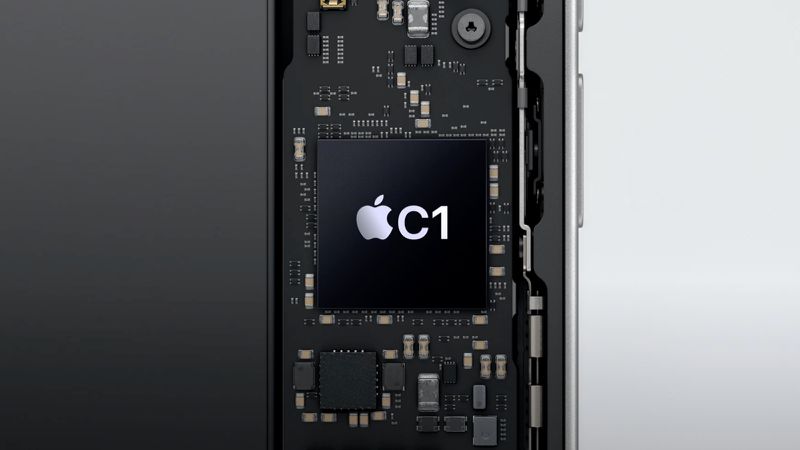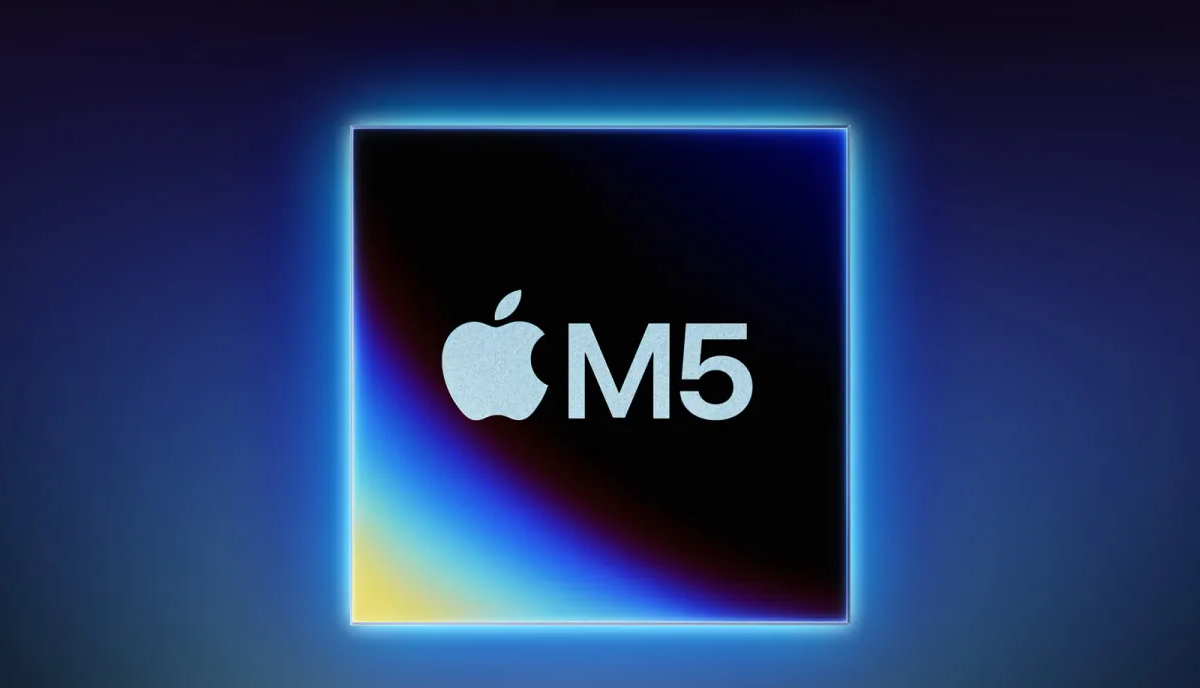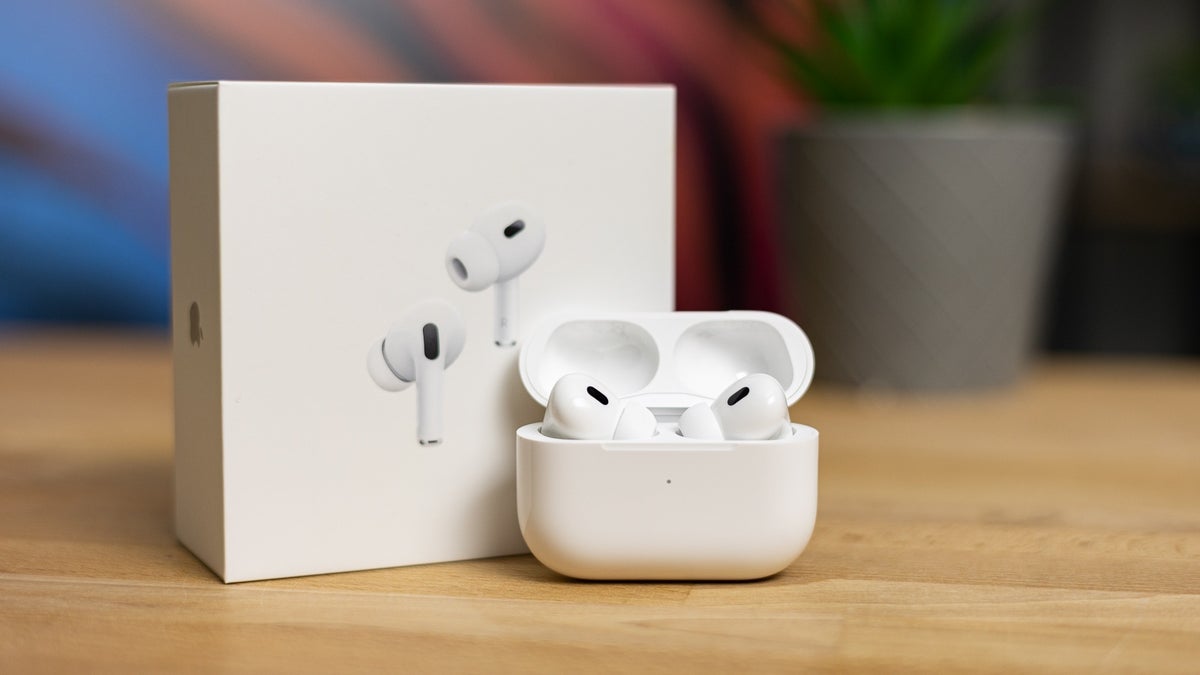The iPhone 16e comes with the A18 chip, but its graphics part is a bit different from the one in the iPhone 16. The iPhone 16 has a 5-core GPU, while the iPhone 16e has a 4-core GPU. This small change affects how fast it handles graphics.
A new speed test from Geekbench, spotted by MySmartPrice, shows what this means for users. The iPhone 16e scored 24,188 points in graphics testing. That’s about 13-15% lower than the iPhone 16 and iPhone 16 Plus. Even so, most people upgrading from older iPhones won’t feel this difference. The phone still runs much better than older models.
The test also reveals that the iPhone 16e has 8GB of memory. This is great news because it means the phone will stay fast and work well with Apple’s smart features for years to come. Another detail comes from a filing in China. It shows the iPhone 16e can charge quickly using a USB-C cable, up to 29W. This is close to the 30W speed of the iPhone 16. We’ll need more tests to be sure it hits that 29W mark, but it looks promising. For wireless charging, it supports Qi at 7.5W. However, it doesn’t work with MagSafe.
The iPhone 16e starts at $599, and you can pre-order it today. The first shipments will arrive on Friday, February 28. This phone uses a slightly toned-down A18 chip compared to the iPhone 16. Companies sometimes do this—taking chips with a small flaw and using them in cheaper models. Here, the GPU has one less core, but the main power (a 6-core CPU) stays the same.
For its price, the iPhone 16e still offers strong performance. More tests will show how it handles daily tasks and games, but it’s a solid choice for the cost. Pre-orders begin today at 5 a.m. Pacific Time, and it’ll be available in 59 countries by the end of February. Running on iOS 18.3.1, this phone is ready to impress budget-friendly buyers.





